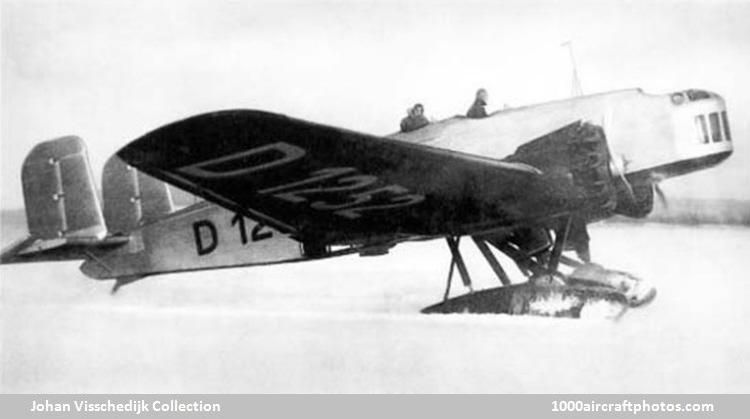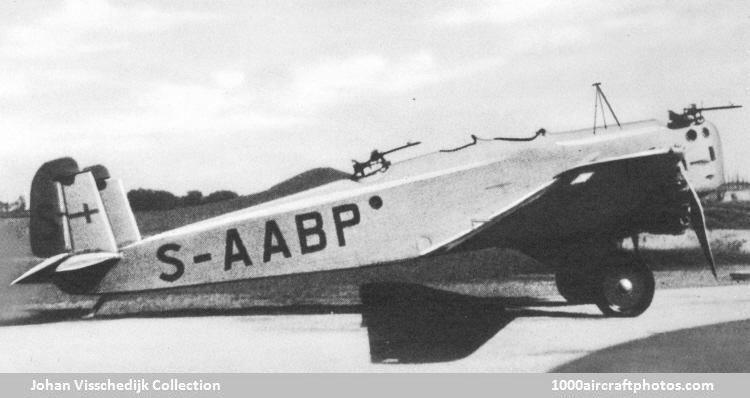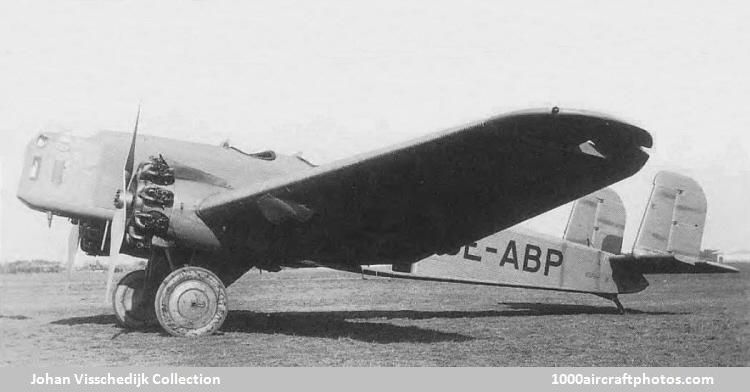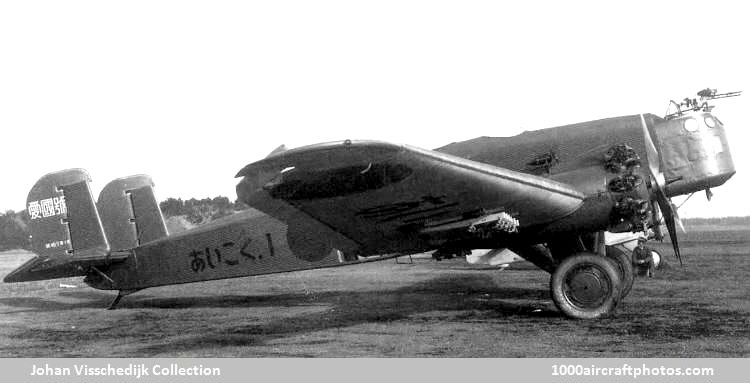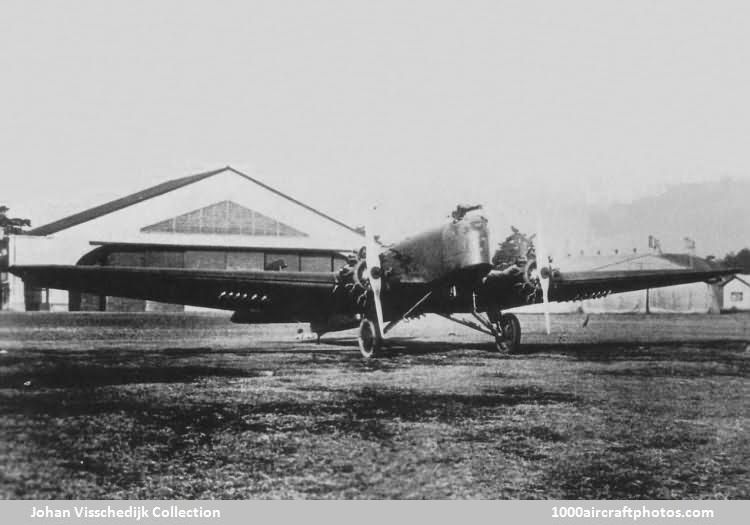11/30/2011. Remarks by
Johan Visschedijk: "Junkers at Dessau, Germany designed the S 36 twin-engined transport aircraft in 1927. This aircraft was fitted with two 485 hp Gnome & Rhône engines. First flown on September 5, 1927, it was marketed as the K 37 (Kampfflugzeug, multi-role combat aircraft), but found no buyers. The aircraft was transferred to the Junkers subsidiary Aktie Bolaget Flygindustri in Limhamn, Sweden.
Junkers S 36 K 37 (
"Aikoku 1")
Junkers S 36 K 37 ("Aikoku 1")
In February 1931, the aircraft was shipped to Japan, where Mitsubishi modified it to Japanese specifications. Subsequently the aircraft was donated to the IJAAF by the Encouragement of Technical Arts Foundation as a so-called patriotic gift (Aikoku). The ceremony took place at Yoyogi Square in Tokyo on January 10, 1932, in the presence of some 2,000 VIPs and 10,000 citizens of Tokyo. The aircraft received the number
"Aikoku 1", which was applied to the aircraft, and the IJAAF referred to the aircraft simply as the Aikoku Dai-Ichi-Go Bakugekiki (Bomber Aircraft Aikoku No. 1). The aircraft left for Manchuria on January 12, accompanied by the Aikoku No. 2 (a donated Dornier Do B Merkur), arriving three days later.
The Junkers aircraft was developed into a significantly larger bomber of which Mitsubishi built 305 examples in two versions: 118 Ki-1 and 187 Ki-2."
